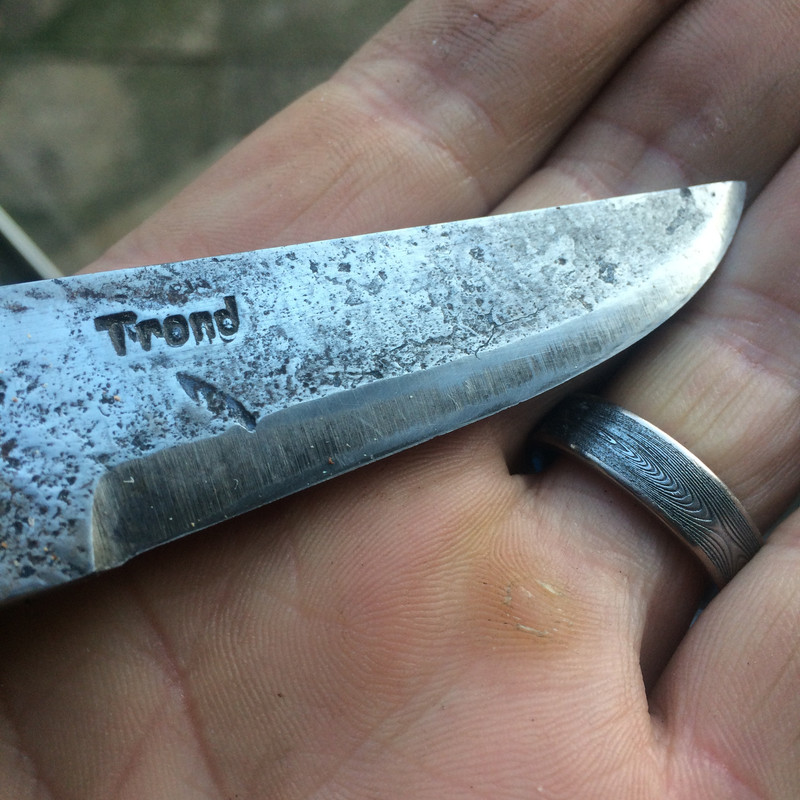First of all, the reason you're not sure how, is that I did not conclude that. I didn't say that a soft cutting tool worked perfectly COMPARED to a hard cutting tool. I said that it worked perfectly for throwing sparks when used with a ferro rod. Which it does with no perceptible damage to said steel. It was also to demonstrate the point that if fully annealed steel could do that, then a blade that has been through a heat treatment process would most certainly do that. I've had knives that I've purchased that were lower than the stated hardness on the C scale and too soft for my liking generally, but with a sharp spine they threw sparks perfectly well for lighting tinder. Were they all glorious showers of unstoppable awesomeness? No, but they worked perfectly well on a spectrum of useless to amazing. Your later point about me concluding that everyone that tried that knife didn't sharpen the spine was also incorrect. I did no such thing. I said "perhaps" and suggested a possible and plausible reason.Not sure how you, as a maker, can conclude that a soft cutting tool works "perfectly" compared to a hard cutting tool. A soft file will work just as well as a hard one for filing metal, you get scratches and some swarf with both, don't you? Also I don't know how you conclude that the folk reporting that the Wolverine didn't strike sparks as well as knives with full hard blades hadn't tried sharpening the spine. One of the chaps was a one of the first mods here and had the distribution contract with Kellam, other mods had similar experiences and I know they filed the spines.
Sent from my SM-A705FN using Tapatalk


